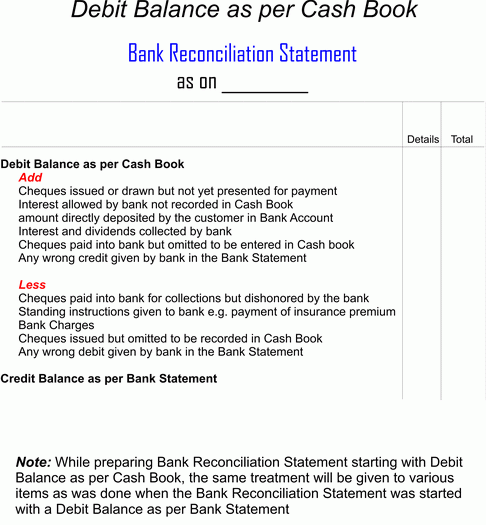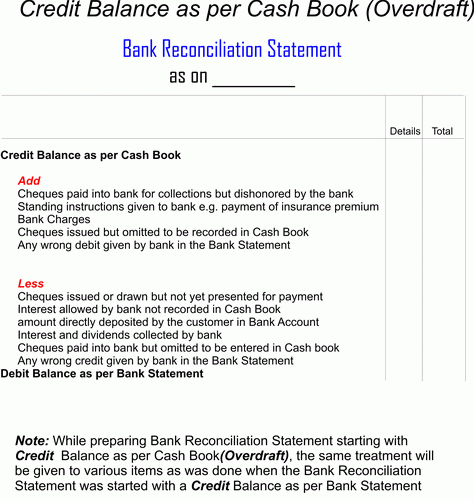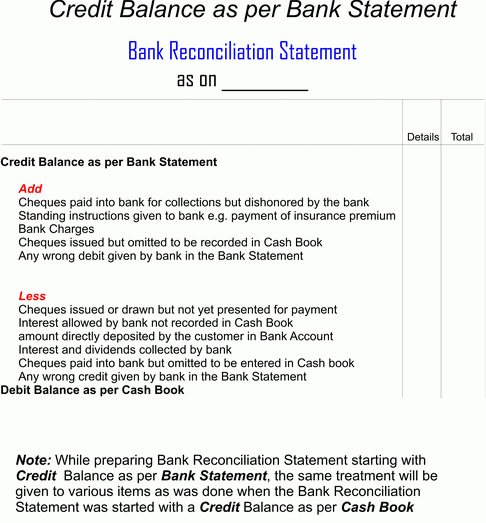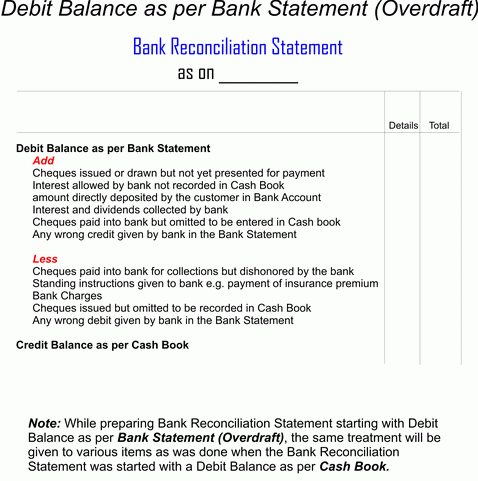Financial
Management - Meaning, Objectives and Functions
1.1 INTRODUCTION
Financial
Management is nothing but management of the limited financial resources the
organisation
has, to
its utmost advantage. Resources are always limited, compared to its demands or
needs.
1.2 MEANING OF FINANCIAL MANAGEMENT
Financial Management means planning, organizing, directing and
controlling the financial activities such as procurement and utilization of
funds of the enterprise. It means applying general management principles to financial
resources of the enterprise.
Financial
management is defined as the management of flow of funds in a firm and it deals
with financial decision making of the firm. Financial management helps in
improving the allocations of working capital within business operations. In
financial management the emphasis is laid on optimum utilization of funds.
1.3
DEFINITION OF FINANCIAL MANAGEMENT
Financial
management deals with the study of procuring funds and its effective and
proper utilisation, in terms of the overall objectives of the firm, and
expectations of the providers of funds. The basic objective is to maximise the
value of the firm. The purpose is to achieve maximisation of share value to
the owners i.e. equity shareholders.
1. “Financial Management is concerned
with the efficient use of an important economic resource, namely, Capital
Funds”
—Solomon
2. “Financial Management is concerned
with the managerial decisions that result in the acquisition and financing of
short-term and long-term credits for the firm”
—Phillioppatus
3. “Financial Management deals with
procurement of funds and their effective utilisation in the business”
— -- S.C. Kuchhal
From the above definitions it is
cleared that the Basic requirements of financial management. From his
definition, two basic aspects emerge:
(A) Procurement of funds.
(B) Effective and judicious
utilisation of funds
1.4 NATURE
OF FINANCIAL MANAGEMENT
Financial management refers to that
part of management activity, which is concerned with the planning and
controlling of firm’s financial resources. Financial management is a part of
overall management. All business decisions involve finance. Where finance is
needed, role of financemanager is inevitable. Financial management deals
with raising of funds from various sources,dependant on availability and
existing capital structure of the organisation. The sourcesmust be suitable
and economical to the organisation. Emphasis of financial management is more
onits efficient utilisation, rather than raising of funds, alone.
1.5 SCOPE
OF FINANCIAL MANAGEMENT
FM
scope may be defined in terms of the following questions:
How
large should the firm be and how fast should it grow?
2. What should be the composition of the firm’s assets?
3. What should be the mix of the firm’s financing?
4. How should the firm analyze, plan, and control its financial affairs?
Approaches:
Broadly, it has two approaches:
1)
Traditional Approach-Procurement of Funds
2)
Modern Approach-Effective Utilisation of Funds
Traditional Approach
The scope of finance function was
treated, in the narrow sense of procurement or arrangement of funds. The
finance manager was treated as just provider of funds, when organisation was in
need of them.
As per this approach, the following
aspects only were included in the scope of financial management:
(i) Estimation of requirements of
finance,
(ii) Arrangement of funds from
financial institutions,
(iii) Arrangement of funds through
financial instruments such as shares, debentures, bonds and loans, and
(iv) Looking after the accounting and
legal work connected with the raising of funds.
Modern
Approach
Since 1950s, the approach and utility
of financial management has started changing. The emphasis of Financial
Management has been shifted from raising of funds to the effective and
judicious utilisation of funds. The modern approach is analytical way of
looking into the financial problems of the firm. Advice of finance manager
is required at every moment, whenever any decision with involvement of funds is
taken. Nowadays, the finance manger is required to look into the financial
implications of every decision to be taken by the firm.
1.6 OBJECTIVES
OF FINANCIAL MANAGEMENT
A goal of the firm is the target
against which a firm’s operating performance is measured. The goals serve as
the point of reference to a decision maker. The objectives or goals of
financial management are:
1. Profit Maximization.
2. Wealth Maximization.
3. Return Maximization.
1. Profit Maximization:
The objective of financial management is to earn maximum profits. Various
important decisions are taken to maximize the profit of the firm. Profit
maximization as an objective of financial management results in efficient
allocation of resources. Companies collect their finance by issuing shares to
the public. Investors also purchase shares in hope of getting good returns from
the company in the form of dividend. If the company does not earn good profits
and fails to distribute higher dividends, the people would not invest in such a
company and people who have already invested will sell their stock.
2. Wealth Maximization:
The objective of wealth maximization of shareholders considers all future cash
flows, dividends, earning per share, risk of a decision, etc. This goal
directly affects the policy decision of the firm about what to invest in and
how to finance these investments. Shareholders are always interested in
maximization of wealth which depends upon the market price of the shares.
Increase in market price lead to appreciation in shareholder’s wealth and vice
versa. So the major goal of financial management is to maximize the market
price of the equity shares of the company.
3. Return Maximization:
The third objective of financial management says to safeguard the economic
interest of all the persons who are directly or indirectly connected with the
company – whether they are shareholders, creditors or employees. All these
parties must also get maximum return on the investment and this can be possible
only when the company earns higher profits to discharge its obligations to
them.
1.7 FUNCTIONS OF FINANCE / FINANCIAL
DECISIONS
Finance function is the most important function of a business. Finance
is, closely, connected with production, marketing and other activities. In the
absence of finance, all these activities come to a halt. In fact, only with
finance, a business activity can be commenced, continued and expanded. Finance
exists everywhere, be it production, marketing, human resource development or
undertaking research activity. Understanding the universality and importance
of finance, finance manager is associated, in modern business, in all activities
as no activity can exist without funds.
Financial Decisions or Finance Functions are closely inter-connected. All decisions mostly involve finance. When a decision
involves finance, it is a financial decision in a business firm.We can classify
the finance functions or financial decisions into four major groups:
(A) Investment Decision or Long-term Asset mix decision
(B) Finance Decision or Capital mix decision
(C) Dividend Decision or Profit allocation decision
(D) Liquidity Decision or Short-term asset mix decision (in Modern
concept)
(A) Investment Decision
Investment decisions relate to selection of assets in which funds are to
be invested by the firm. Investment options are numerous. Resources are scarce
and limited.They has to be optimally and discretely used.
Investment decisions allocate the resources among the competing
investment alternatives or opportunities. The effort is to find out the
projects, which are acceptable.
Investment decisions relate to the total amount of assets to be held and
their composition
in the form of fixed and current assets.
The investment decisions result in purchase of assets. Assets can be
classified, under two
broad categories:
(i) Long-term investment decisions – Long-term assets
(ii) Short-term investment decisions – Short-term assets
(B) Finance Decision
The next step is how to raise finance for the concerned investment. Finance
decision is concerned with the mix or composition of the sources of raising the
funds required by the firm. In other words, it is related to the pattern
of financing. In finance decision, the finance manager is required to
determine the proportion of equity and debt, which is known as capital
structure. There are two main sources of funds, shareholders’ funds (variable
in the form of dividend) and borrowed funds (fixed interest bearing). The
borrowed funds are relatively cheaper compared to shareholders’ funds, however
they carry risk.
The finance manager follows that combination of raising funds which is
optimal mix of debt and equity. The optimal mix minimises the risk and
maximises the wealth of shareholders.
(C) Dividend Decision
Dividend decision is concerned with the amount of profits to be
distributed and retained in the firm.
Dividend: The term ‘dividend’ relates to the portion of profit,
which is distributed to shareholders of the company. It is a reward or
compensation to them for their investment made in the firm. The dividend can be
declared from the current profits or accumulated profits.
Which course should be followed – dividend or retention? One significant
element in the dividend decision is, therefore, the dividend payout ratio i.e.
what proportion of dividend is to be paid to the shareholders. The dividend
decision depends on the preference of the equity shareholders and investment
opportunities, available within the firm.
There is no ready-made answer, how much is to be distributed and what
portion is to be retained. Retention of profit is related to
• Reinvestment opportunities available to the firm.
• Alternative rate of return available to equity shareholders, if they
invest themselves.
(D) Liquidity
Decision
Liquidity decision is concerned with the management of current assets.
Basically, this is Working Capital Management. Working Capital Management is
concerned with the management of current assets. It is concerned with
short-term survival. Short term-survival is necessary for long-term survival.
When more funds are tied up in current assets, the firm would enjoy
greater liquidity. In consequence, the firm would not experience any difficulty
in making payment of debts, as and when they fall due. With excess liquidity,
there would be no default in payments. So, there would be no threat of
insolvency for failure of payments.
All the major functions or decisions – Investment function, Finance
function, Liquidity function and Dividend function, are inter-related and
inter-connected.Let us illustrate, both these aspects with an example.
Example: If a firm wants to undertake a project
requiring funds, this investment decision can
not be taken, in isolation, without considering the availability of
finances, which is a finance decision. Both the decisions are inter-connected.
If the firm allocates more funds for fixed assets, lesser amount would
be available for current assets. So, financing decision and liquidity decision
are inter-connected.So, an efficient financial management takes the optimal
decision by considering the implications or impact of all the decisions,
together, on the market value of the company’s shares. The decision has to be
taken considering all the angles, simultaneously.
1.8 ROLE OF FINANCE MANAGER
Financial manager
is an important position within the structure of any firm. A financial manager
is responsible for providing financial advice and support to clients and
colleagues to enable them to make sound business decisions. Financial managers
oversee the preparation of financial reports, execute cash management
strategies, and direct a corporation’s investment activities.
1.
Mobilization of funds
2. Deployment of funds
3. Control over the use of funds
4. Risk and Return trade off
1. Mobilization of funds:
Every organization must have right amount of finance at the right time to
achieve its objectives. For this purpose the finance manager must study the
financial markets (both global and local) carefully, and identify those markets
from where he can get the required funds at an accepted cost.
2. Deployment of funds: The
financial manager studies the risk and return of a particular project and
compares it with other projects and thereafter decides in which project he has
to invest.
3. Control over the use of funds:
Control is necessary at every stage of plan execution. If the desired results
of the plan are to be achieved then at every stage of execution the manager has
to give a check and a control, if necessary.
4. Risk and Return trade-off: It
is the duty of the finance manager to achieve right balance between risk and
return while taking the decisions regarding investment and financing.
1.9
LIQUIDITY VS PROFITABILITY (RISK–RETURN TRADE-OFF)
In every area of financial management,
the finance manger is always faced with the dilemma of liquidity vs.
profitability. He has to strike a balance between the two.
Liquidity
means
that the firm has:
(A) Adequate cash to pay bills as and
when they fall due, and
(B) Sufficient cash reserves to meet
emergencies and unforeseen demands, at all time.
Profitability goal, on the other
hand, requires that the funds of the firm be so utilised as to yield the
highest return.
Liquidity and
profitability are conflicting decisions. When one increases, the other
decreases. More liquidity results in less profitability and vice versa. This
conflict finance manager has to face as all the financial decisions involve
both liquidity and profitability.
Example: Firm may borrow
more, beyond the risk-free limit, to take the advantage of cheap interest rate.
This decision increases the liquidity to meet the requirements of firm. Firm
has to pay committed fixed rate of interest, at fixed time, irrespective of the
return the liquidity (funds) gives.
Profitability suffers, in this process
of decision, if the expected return does not materialise. This is the risk the
organisation faces by this financial decision.
Risk: Risk is defined as
the variability of the expected return from the investment.
Return: Return is measured
as a gain or profit expected to be made, over a period, at the time of making
the investment.
Example: If an investor
makes a deposit in a nationalised bank, carrying an interest of 7% p.a.,
virtually, the investment is risk free for repayment, both principal and
interest. However, if a similar amount is invested in the equity shares, there
is no certainty for the amount of dividend or even for getting back initial
investment as market price may fall, subsequently, at the time of sale.
A bank deposit is a safe investment,
while equity shares are not so. So, risk is associated with the quality of
investment.
The relationship between risk and
return can be expressed as follows:
Return
= Risk free rate + Risk premium
Risk free rate is a compensation or
reward for time and risk premium for risk. Risk and return go hand in hand.
Higher the risk, higher the required return expected. It is only an
expectation, at the time of investment. There is no guarantee that the return
would be, definitely, higher. If one wants to make an investment, without risk,
the return is always lower. For this reason only, deposit in a bank and post
office carry lower returns, compared to equity shares. So, every financial
decision involves liquidity and profitability implications, which carries risk
as well as return. However, the quantity of risk differs from one decision to
another. Equally, the return from all the decisions also varies, even from time
to time.
More risk, chances of higher return
exist. One thing must be remembered, there is no guarantee of higher returns,
with higher risk. The classical example is lottery. There is a great risk, if
one invests amount in a lottery. There is no guarantee that you would win the
lottery. However, liquidity and profitability are conflicting
decisions. There is a direct relationship between higher risk and higher
return. In the above example, building higher inventories, more than required,
is a higher risk decision. This higher risk has created liquidity problem. But,
the benefit of higher return is also available. Higher risk, on the one hand,
endangers liquidity and higher returns, on the other hand, increases
profitability.
Balanced Approach: A finance manager cannot
avoid the risk, altogether, in his decision making. At the same time, he should
not take decisions, considering the returns aspect only. At the time of taking
any financial decision, the finance manger has to weigh both the risks and
returns in the proposed decision and optimize the risk and returns, at the same
time. A proper balance between risk and return should be maintained by the
finance manager to maximise the market value of shares. A particular
combination where both risk and return are optimized is known as Risk–Return
Trade-off.



